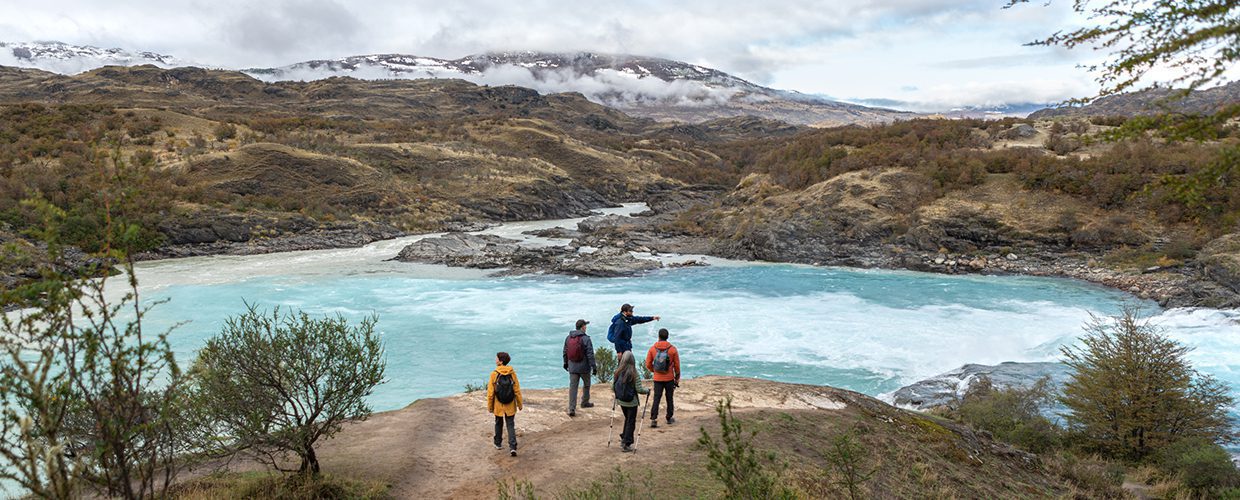Chile
About Andes Viva
- They believe that a well-conceived form of tourism has the power to provide the impulses that our society needs so urgently: The conscious and careful interaction with our natural environment; an appreciation of ancient traditions and languages; and the awareness of our innate relation to forests and Mother Earth.
- This belief motivates and guides them on their way. Sustainability is an integral part of their product development, but also manifests itself in their support of indigenous initiatives, environmental protection projects and even in everyday office life.
- Professional customer service is an intrinsic component of this philosophy. A well-trained and multilingual team of travel experts lies at the heart of their success. After all, efficient and competent consultancy and a thoughtful, customized travel design are indispensable tools to reach their highest goal: Providing genuine enrichment in the life of every single traveler.
- Whether you are looking for a guided walking tour in Patagonia or Atacama, well-organized selfdrive tours, culinary and wine experiences, culture tourism with visits of indigenous communities, or an unforgetable honeymoon – Andes Nativa will be the ideal partner for your clients needs, budgets, and expectations.
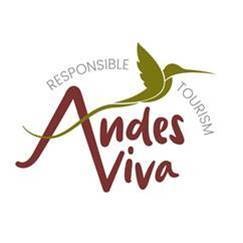

Frank Boettcher
Product & Services
- FIT and Group Tours
- Selfdrive Tours
- Community Based & Sustainable Tourism
- Multisport Activities
- Special Interest Programs
- Tailor-made Travel Solutions
- VIP Services
Top Activities
- Drive along the most beautiful scenic route in the world: The Route of Parks of Patagonia.
- Hike in dense rainforests of Pumalin Park through a fairy tale forest with giant ferns, rhubarb-resembling, native Nalca plants, and wildly overgrown tree trunks.
- Be part of the lived traditions of the indigenous people that have been maintained over thousands of years.
- Get to know traditional agriculture and weaving craft in the Altiplano Highland, and participate in the spiritual ceremony in which the two most important deities are called: The Pachamama and Inti Tata.
- Learn about the preparation of delicious dishes on Easter Island and travel back in time to the Polynesian world of the last century.
- Embrace thousand years old trees within temperate rainforests and glacier-studded nature.
- Take a break and enjoy delicious Chilean wines in the Casablanca Valley.
- Discover the Araucania-region (northern Lake District) and the striking monkey puzzle trees (“araucarias”) for which this region is famous.
- Try Ceviche, one of the most popular dishes in Chile. It contains raw fish (like halibut or salmon) marinated in lemon juice and is usually served with coriander leaves, cumin, onions, sautéed garlic and olive oil.
- End the day with a delicious patagonian Asado – the mother of all barbecues! The meat, usually beef, pork, mutton or chicken, is grilled slowly for two to three hours on a stick, which is turned regularly.
Top Selected Tours
Do you need a quotation or more details?
Did you know this fact?
About Chile
About 20 million people do live in the country, and almost half of them in the regions of Santiago and Valparaiso. The composition of the population is ethnical and cultural more homogenous than in other Latin American countries. The majority are with around 70% mestizos (mix between Europeans and the Original people). The number of Chileans with solely European ancestors is around 25%. Another part of the Chilean population do consist of the aboriginal peoples as the Aymara, the Atacameños, the Rapa Nui, Mapuches, Huilliches, Pewenches, Kawashkar und Yaganes.
Geographically it is one of the most interesting countries on earth and for tourists and investors an extremely attractive and relatively safe country in Latin America. Many Europeans immigrated in the last centuries to this Andean country. They contributed a lot to the development of the country and founded villages, companies, schools and clubs. There are world famous cultural attractions. Some wooden churches on Chiloé Island, the historical quarter of the port town Valparaíso and the abandoned miners’ towns Sewell, Humberstone and the Santa Laura Saltpeter works in the Atacama desert were declared UNESCO world cultural heritage. The National Parks Torres del Paine and Rapa Nui were declared UNESCO world heritage.
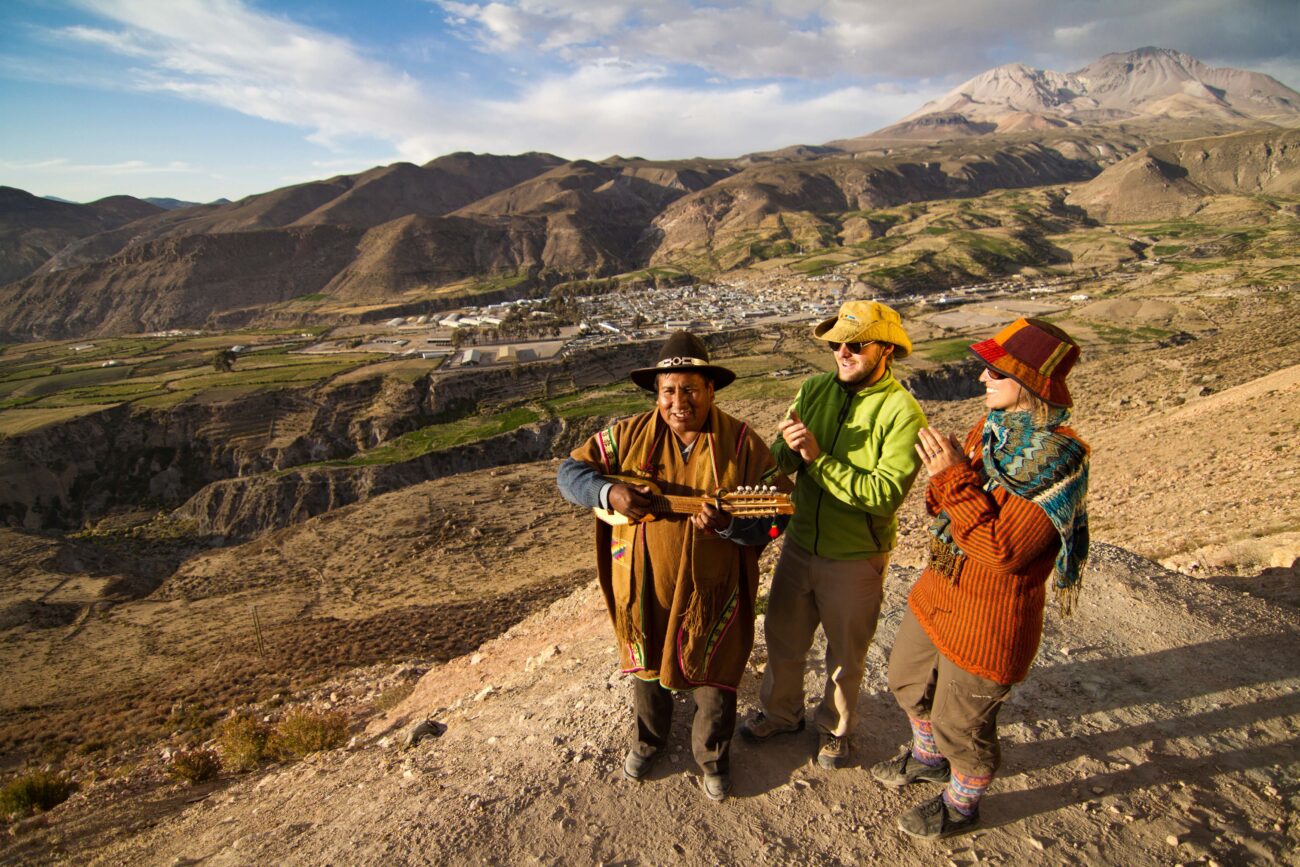
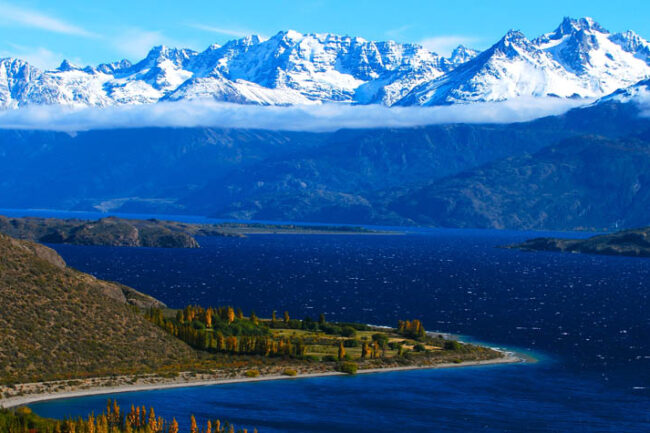
Austral road
The Austral road is a breathtaking journey through the heart of Chilean Patagonia, stretching across rugged landscapes and untamed wilderness for an awe-inspiring experience. This scenic route takes you through picturesque forests, shimmering lakes, and majestic mountains. As you traverse this enchanting road, you’ll encounter dramatic fjords, cascading waterfalls, and hidden coastal villages. Immerse in the raw beauty of Patagonia, connect with nature, and witness abundant wildlife.
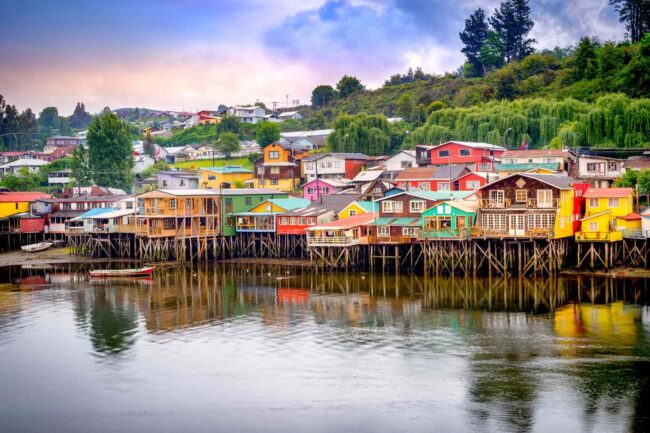
Chiloé Island
Two hundred km long and 50 km wide, Chiloé Island is a unique region of Chile due to its remoteness and particular geographical, historical and cultural characteristics. The island is home to many 200-year-old UNESCO World Heritage churches and multicolored wooden houses that stand out in the turbulent sky.
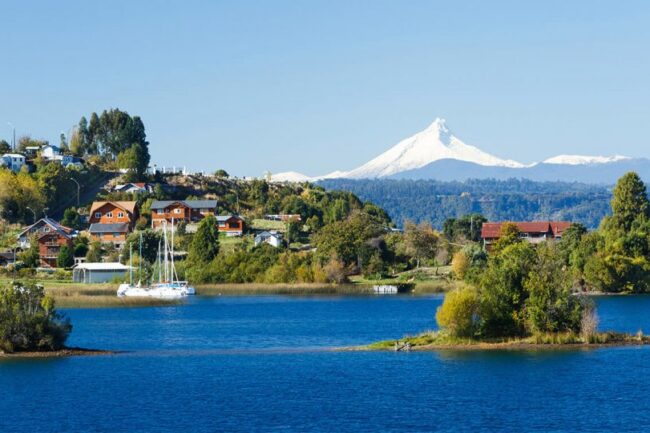
Lake Region
Located about 700 km south of Santiago, between the Bío-Bío area and Puerto Montt, land of the Mapuche Indians, is home to a countless number of snow-capped volcanoes, huge araucaria forests and countless turquoise lakes. Ideal for adventure sports, one can enjoy activities as diverse as climbing volcanoes, trout fishing, horse-back riding, skiing, rafting or simply resting in one of the several thermal baths in the region.
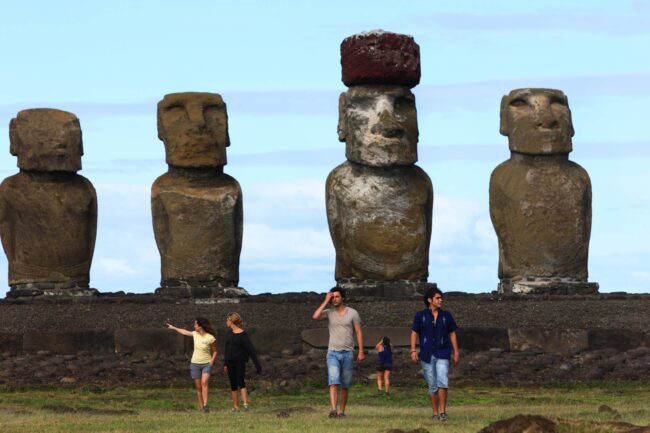
Easter Island
Easter Island is the most remote inhabited land in the world, located in the middle of the Pacific Ocean, in Chilean Polynesia. Leave the continent and fly to this mysterious island that has become famous thanks to its monoliths, called moaïs, which are scattered over the green hills of the island, leftover from a civilization that has today vanished, taking with it the real meaning of these statues, which still intrigues scientists today.
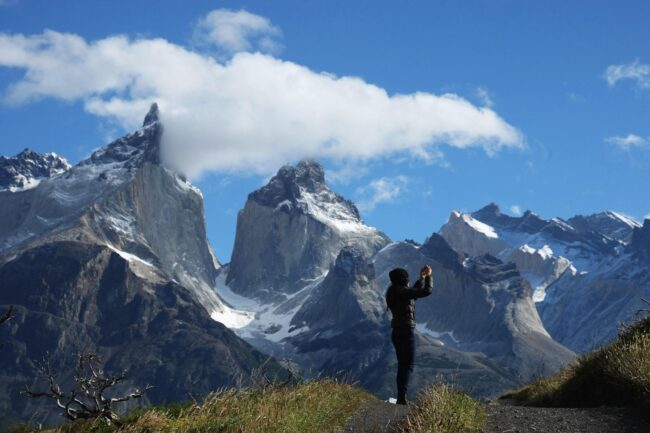
Patagonia
Patagonia is every globe-trotter’s dream, the legendary destination at the end of the world where Mother Nature has given birth to some of its most spectacular elements: immense granite towers rising into the sky, huge glaciers plunging into lakes and sea, harsh mountains beaten by strong winds and endless grassland plains where herds of guanacos roam free.
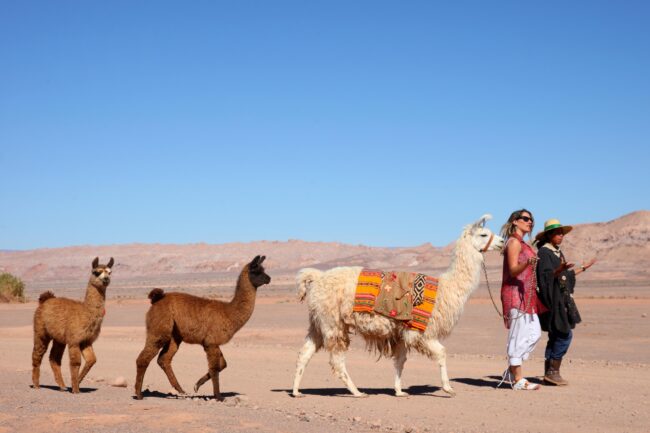
Atacama
Located in the North of Chile, in the heart of the Altiplano, Atacama is the world’s most arid desert, where extreme climate conditions create spectacular natural phenomena and landscapes. Large rocky fields, a ground cracked from the heat, active geysers, snow-capped volcanoes and surreal mineral-rich altiplano lakes populated with pink flamingos are all a part of the unbelievable decor.
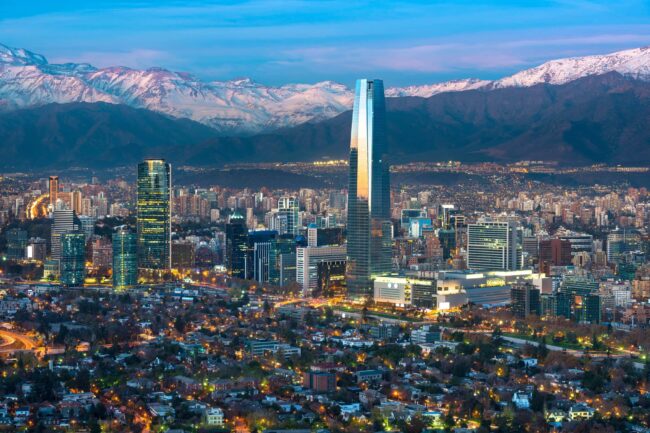
Santiago and Valparaiso
Bohemian and colorful, poetic and somewhat eccentric, Valparaiso, UNESCO World Heritage Site, is a must-see in Chile. Located 115 km west of Santiago, built entirely facing the Pacific Ocean and surrounded by steep hills, the city served as a base for sailors and travelers from around the world during the 19th century. Visitors get the impression of an open-air museum as they discover this city by foot, exploring its narrow streets, endless staircases and historic funicular.


